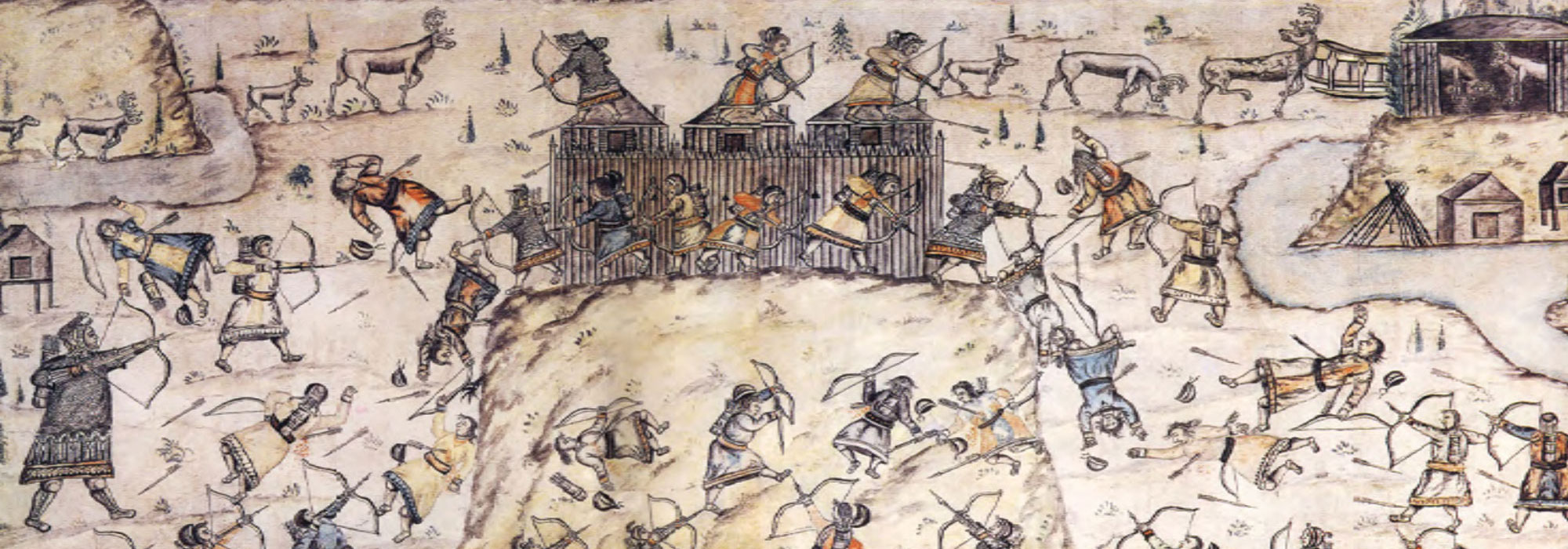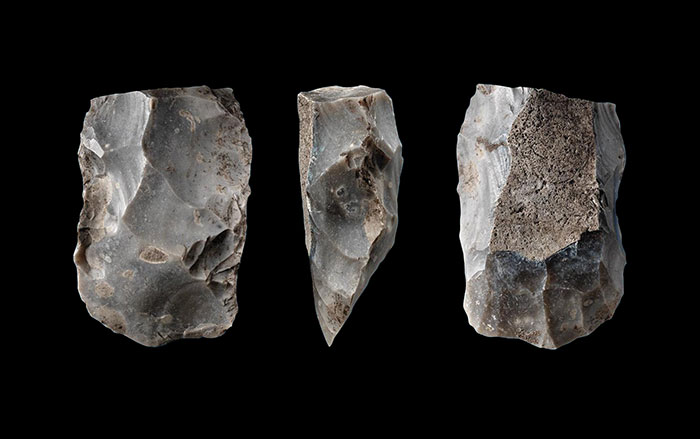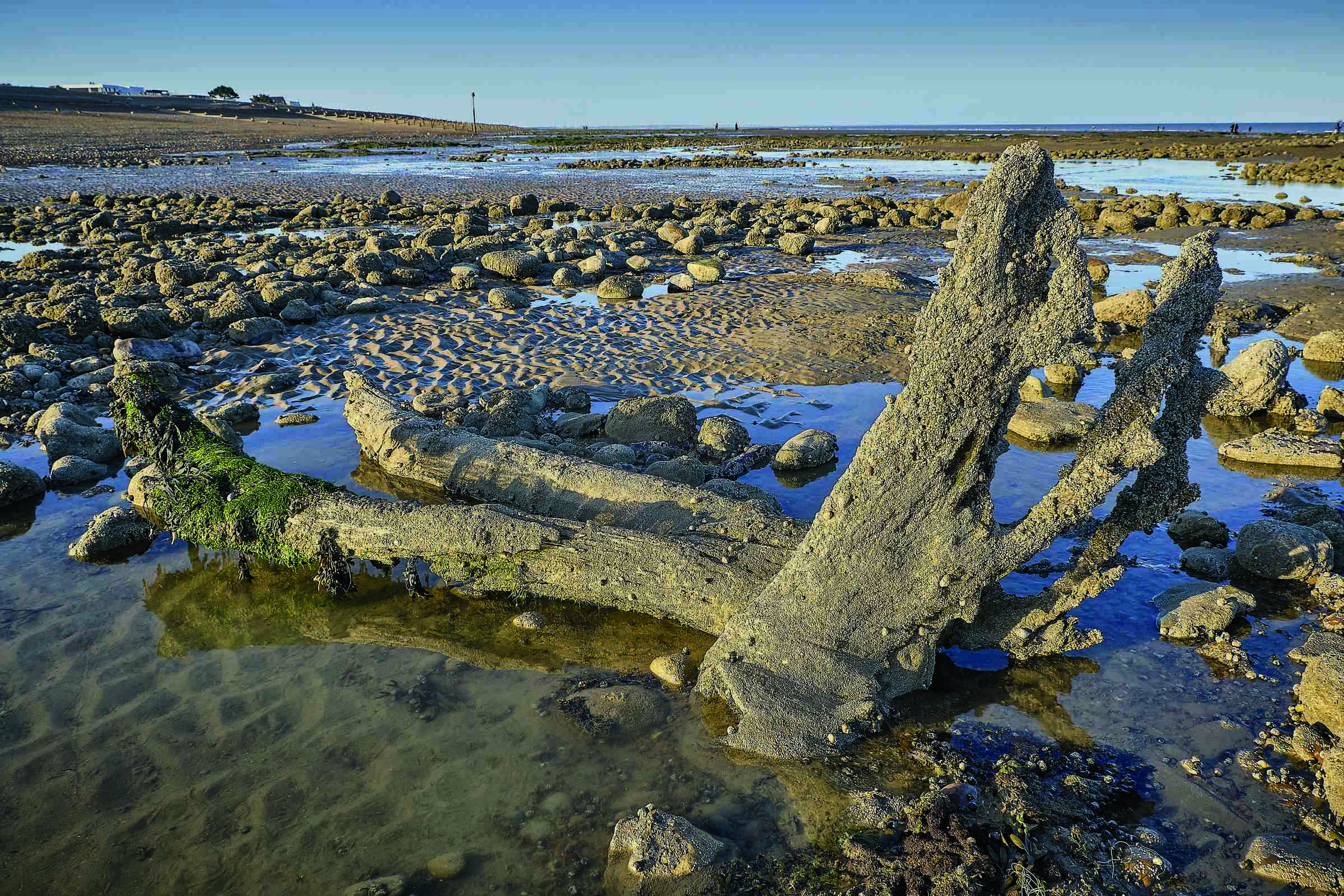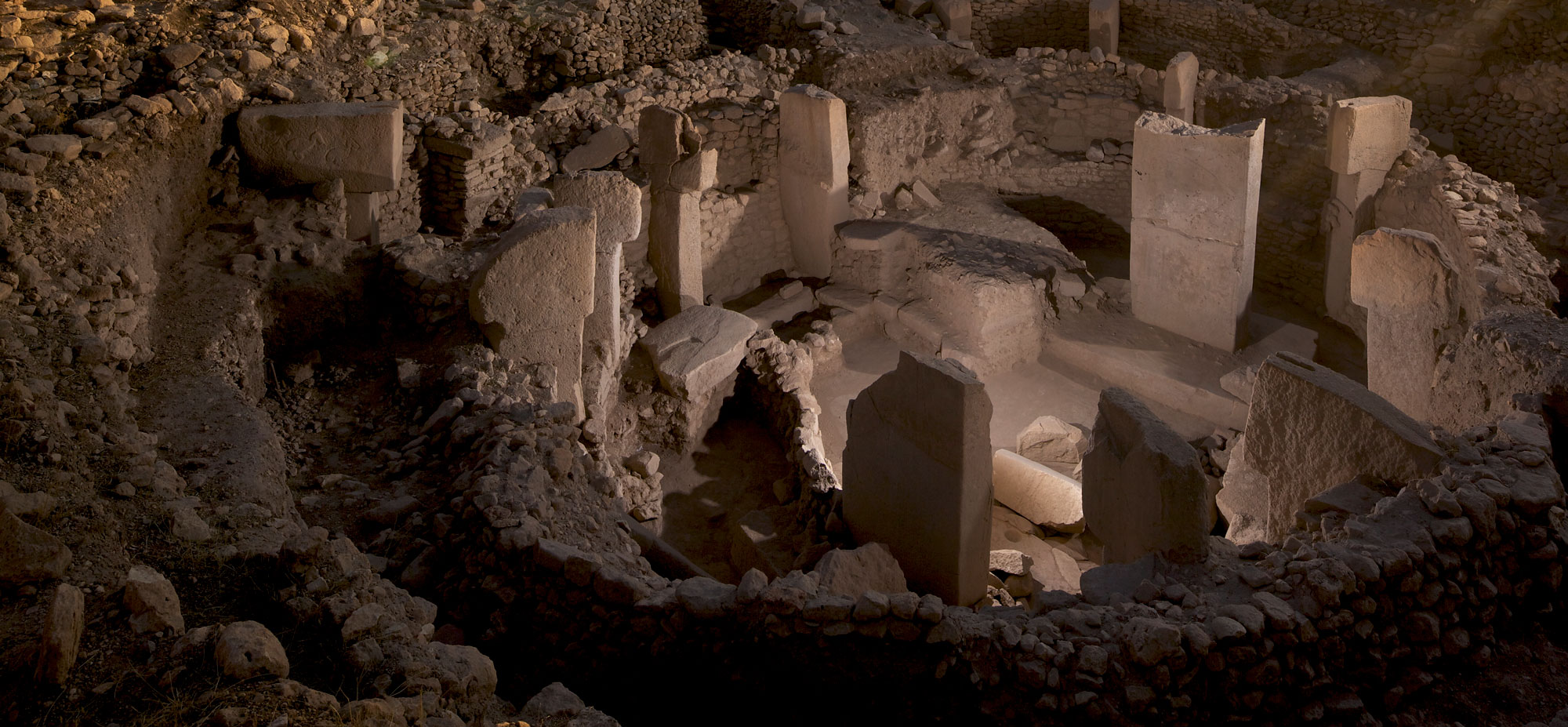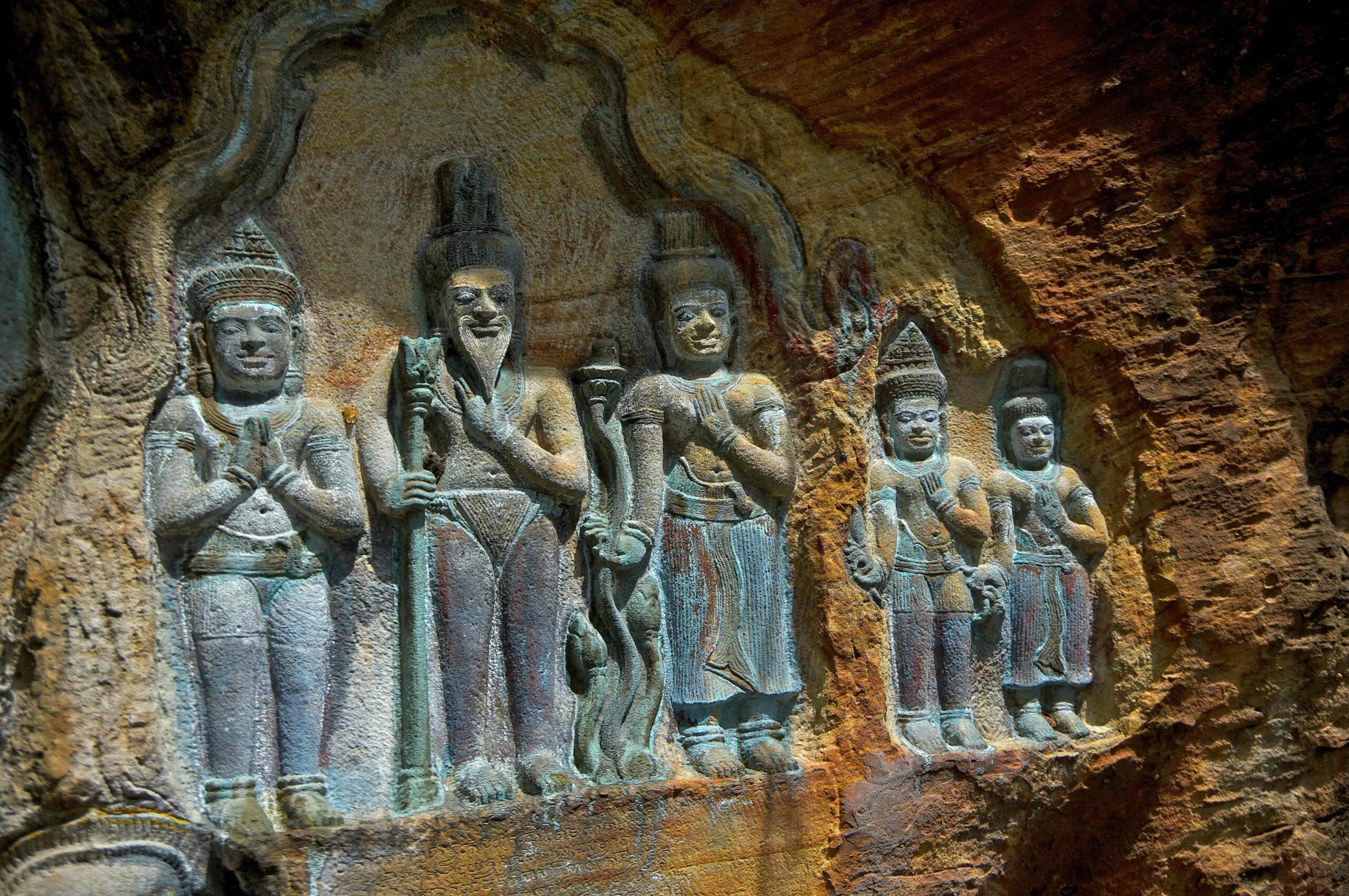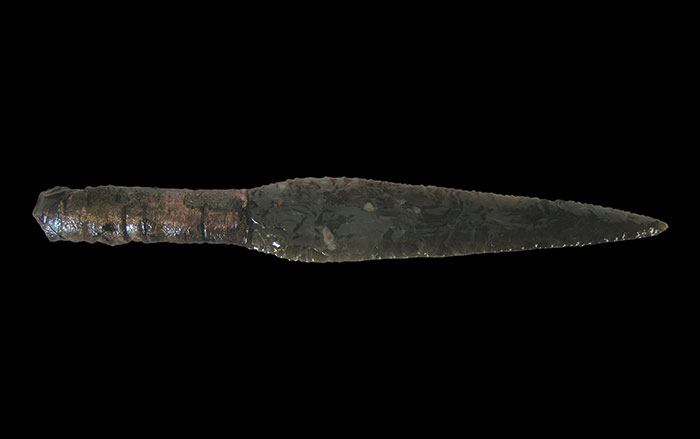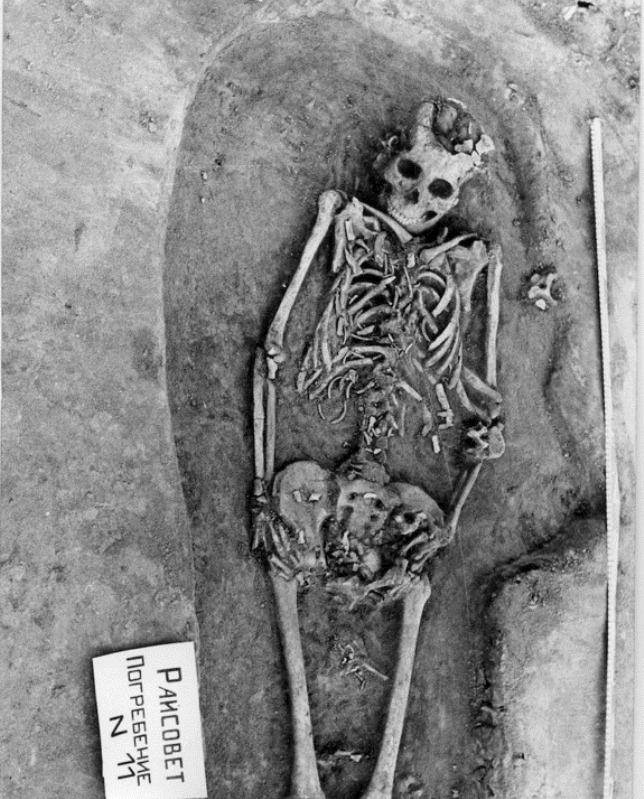
SASKATOON, SASKATCHEWAN—A 7,700-year-old skeleton may bear the oldest confirmed evidence of twins, and be one of the earliest examples of death during childbirth, according to archaeologist Angela Lieverse of the University of Saskatchewan. She found the skeleton, which had been excavated at Lokomotive, a hunter-gatherer cemetery near the southern tip of Russia’s Lake Baikal, in storage at Irkutsk State University. It had been thought to represent the death of a mother and a single child, but Lieverse soon realized that some of the fetal bones had duplicates. “Within five minutes, I said to my colleague, ‘Oh my gosh; these are twins,’” she told Live Science. One of the twins may have been in a breech position, with its feet down, and had been partially delivered. The other twin had been positioned head down and seems to have still have been in the womb at death. Lieverse thinks the breech baby may have been trapped, or tangled with its twin, leading to the obstruction. “It might be a bit circumstantial, but I think it’s quite strong,” she said. To read more about Lieverse's work in Siberia, see "The Case of the Missing Incisors."


